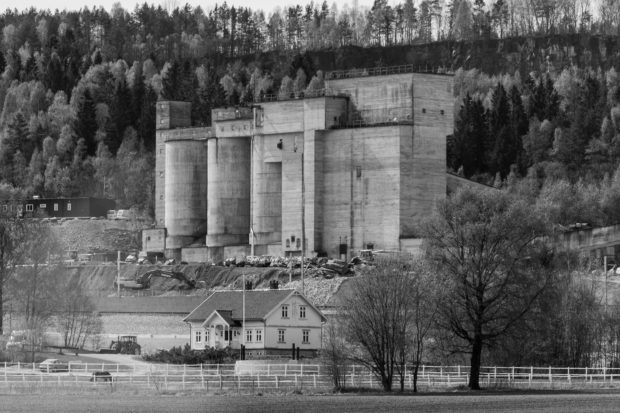
By Tom Frantz
Believe it or not, fewer than 30 large companies in the San Joaquin Valley pollute our air as much as all of the Valley’s approximately 1.3 million personal vehicles driven regularly by residents for work, school, shopping and recreation.
The San Joaquin Valley Air Pollution Control District (Air District) often states (even though our air quality is the worst in the nation) that businesses have done their part and have reduced their pollution 80% (from the uncontrolled state of 50 years ago). That is nice, and they should be congratulated. The federal government should be congratulated as well for making them do it. But could they do better? No question they can. Cars and light trucks have come a lot further in improving their emissions.
Passenger vehicles are very clean today. Catalytic converters and electronic ignitions have cleaned up emissions more than 98% compared to 1960s-era vehicles. Vehicle owners have paid for these state and federally mandated improvements, and the result is cleaner air. It is not so easy to commit suicide these days by sitting in a closed garage with a running car engine. It would be a quicker death sitting in a closed garage with a factory dairy cow and their flatulence from being fed too much corn.
The fact is, cars and light trucks, including SUVs and half-ton crew cab pickups, pollute our air about the same as the worst polluting 25–30 companies in the San Joaquin Valley. These companies include seven huge glass factories, four multinational oil companies, a dozen power plants and half a dozen biomass incinerators. Add in a hundred other businesses that belch pollution daily and industry takes the lead. Counting pollution causing ammonia and volatile organic gases from factory animal farms, the pollution from personal vehicles becomes tiny in comparison.
This is not to say that other mobile sources of pollution are not significant. Diesel trucks, farm machinery, drilling rigs, forklifts, etc., all need to be better regulated by the state. Diesel trucks are first on the list, and the state needs to be pushed to move into regulating farm equipment faster.
Meanwhile, passenger vehicles continue to improve their emission levels. Better mileage vehicles are federally mandated and virtually zero emissions are coming with the electric and hydrogen vehicles on the horizon. That is not at all true with these polluting industries that seem to concentrate in the Valley way out of proportion with our population. The Air District states repeatedly that it should not have to do anymore, and it makes that clear every year when important rules are reviewed and left unchanged.
As stated above, there are other big pollution sources in the Valley besides the 25–30 biggest industrial-sized businesses that are not cleaning up their act. For example, there is far more pollution in the production of a glass of milk than from what is emitted driving a vehicle to a store to purchase that milk.
So, while city planners try to improve our air by stopping sprawl and implementing better mass transit and bicycle lanes, and while the Air District begs people to carpool and not idle at schools, and while the state touts the air quality improvements that will result from high-speed rail (after all the polluting construction is finished), the big polluters in the Valley are carrying on with business as usual. They already did their part is the excuse. Only the federal Environmental Protection Agency (EPA) is sometimes willing to make them do more. That is one reason our Air District is often heard telling the EPA to mind its own business.
It is common knowledge that private vehicle owners are paying the bulk of the current annual $29 million fine for the Air District’s failure to meet overdue federal health standards for air quality. The Clean Air Act says the fine should be paid by the biggest polluters, but the Air District conjured up a loophole and put it mostly on private vehicle owners. The EPA seems afraid to challenge the Air District on that decision.
The bottom line is these big polluters are paying their way out of further improvements by giving election money to the local politicians who sit on the Air District board. Until we get responsible leadership in this Valley, our air will never be healthy to breathe.
*****
Longtime clean air advocate Tom Frantz is a retired math teacher and Kern County almond farmer. A founding member of the Central Valley Air Quality Coalition, he serves on the CVAQ steering committee and as president of the Association of Irritated Residents. The CVAQ is a partnership of more than 70 community, medical, public health, environmental and environmental justice organizations representing thousands of residents in the San Joaquin Valley unified in their commitment to improve the health of Californians. For more information, visit www.calcleanair.org.
